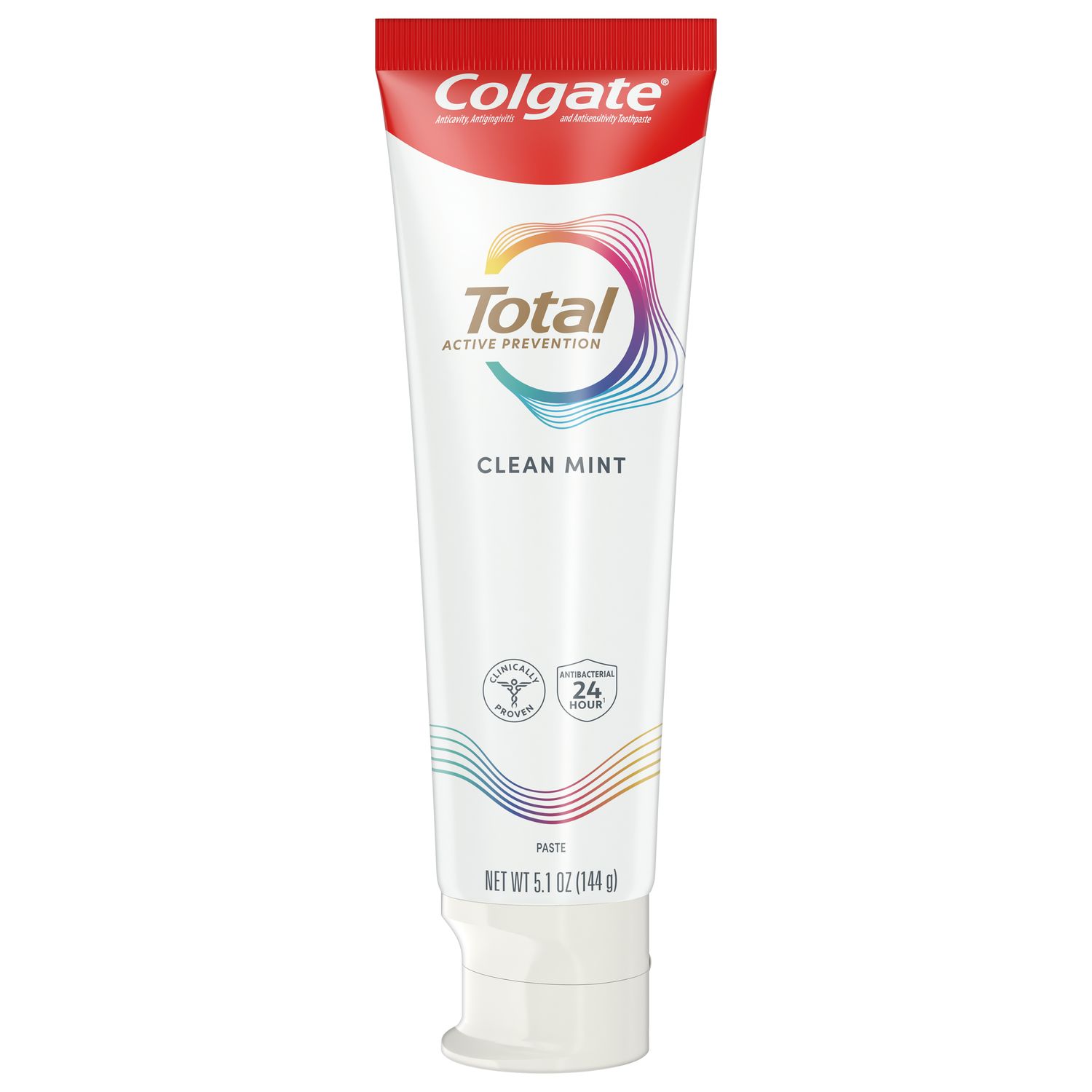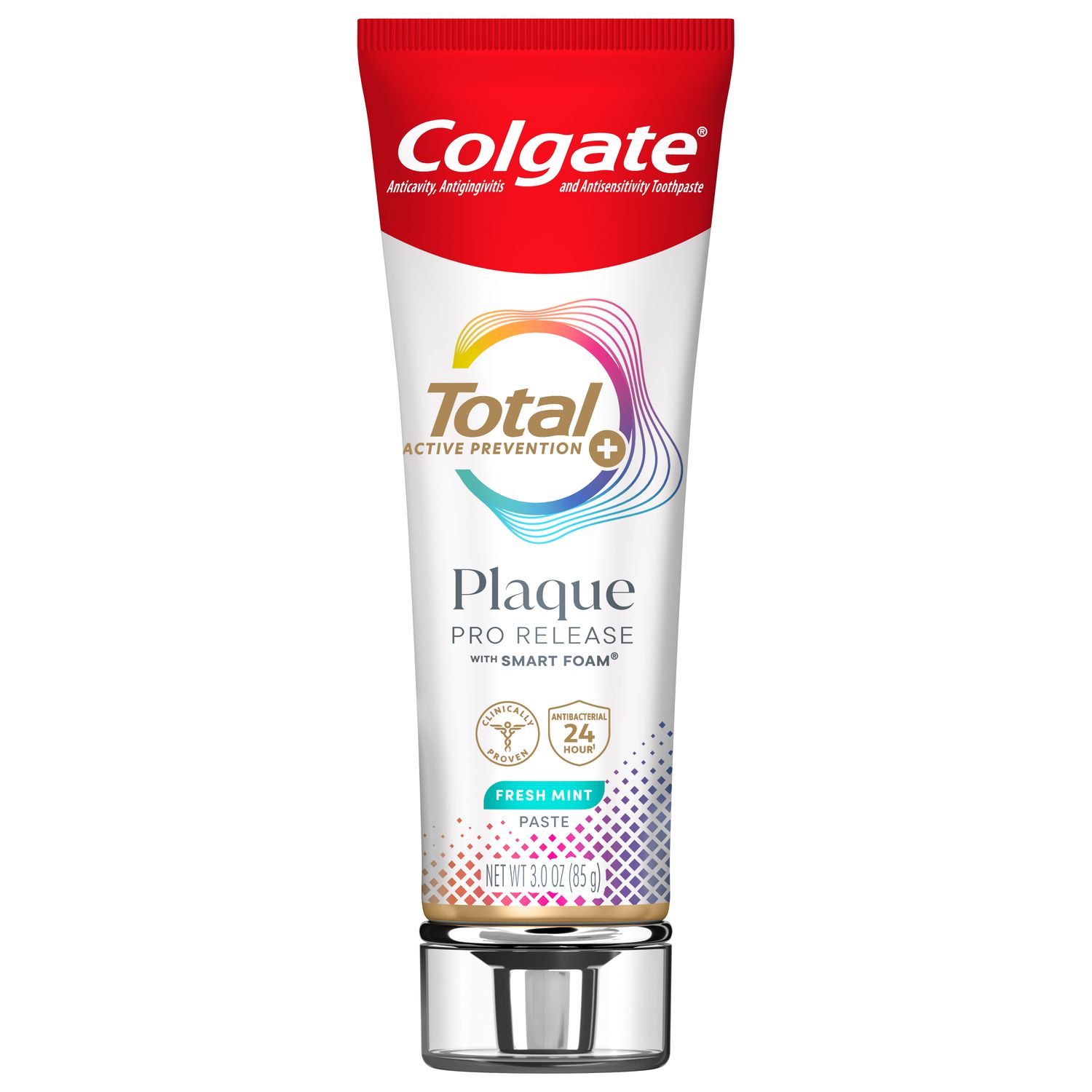
According to the California Dental Association (CDA), millions of residents in the Golden State have difficulties accessing the dental care they need. The RDHAP, or Registered Dental Hygienist in Alternative Practice, is playing an important part in addressing the barriers that contribute to this problem, helping to improve oral health outcomes in underserved populations.
What is an RDHAP?
An RDHAP is an advanced dental hygiene provider who has undergone additional education. They provide dental hygiene care to those with limited access to traditional dental care settings. While similar advanced practitioners exist in other states, RDHAP is the title used in California.
The RDHAP is licensed by the Dental Hygiene Board of California (DHBC) to provide care. In order to apply for the RDHAP license, the provider must already hold a current active RDH license issued by the state of California. They must also have:
Worked a minimum number of hours in a clinical setting immediately before application.
Earned a Bachelor of Science or equivalent degree with 120 semester units.
Completed a DHBC-approved RDHAP course of at least 150 hours.
What does an RDHAP do?
Once licensed, an RDHAP can provide dental hygiene care independently. They can provide all the services an RDH would, including:
Oral health assessments;
Preventative dental cleanings;
Fluoride varnish and sealant application;
Root planing and periodontal maintenance; and,
Oral cancer screening.
The RDHAP can also consult with other dental and medical providers on their patients’ care, and can provide oral health, nutritional and behavioral counseling.
Unlike the RDH, the RDHAP is not required to practice under the supervision of a dentist, although they must have a dentist on record for referral, consultation or emergency care. They might deliver their services in schools, residential care facilities, nursing homes, hospitals, community centers, mobile facilities, or their own offices. They may even provide care in their patients’ homes.
However, the RDHAP is only licensed to treat those who are considered part of a dentally underserved community within the state of California. These include people who cannot access traditional dental hygiene care because they:
Have illnesses or disabilities that make attending for care difficult or impossible.
Have financial difficulties and/or insufficient insurance coverage.
Live in rural and/or underserved areas with limited dental care options.
Are confined to residential care, nursing or assisted living facilities.
In order for patients to be eligible to continue to receive basic services from an RDHAP 18 months or more after their initial visit, California requires that patients obtain a prescription for services from a dentist or physician.
The importance of RDHAPs
In California alone, millions go without the oral healthcare they need because of these access barriers. In a 2009 survey discussed by the National Governors’ Association (NGA), California RDHAPs reported that two thirds of their patients had no other source of oral health care at all.
Poor oral health is associated with a wide range of adverse outcomes, both oral and systemic, and the burden of disease is disproportionately borne by these underserved patient groups. An RDHAP helps to broaden access to care and improve outcomes in the communities that need them most.
The work of the RDHAP is innovative, creative and often life-changing for their patients. Writing for RDH Magazine, Christine Nathe, RDH, MS, talks about the various way her colleagues have been able to reach underserved people; the RDHAP who specializes in care for the homebound, and another who works on-site in a nursing facility connected to a local hospital, to give a few examples.
Writing for the CDA, Maria Ladd, RDHAP recounts her experience with an 80-year-old woman in an assisted living facility. After going on-site to perform a simple cleaning, Ladd detected periodontal pockets. She was able to coordinate with a dentist further afield to confirm previously undiagnosed abscesses, with the woman receiving treatment bedside the next day.
Further resources
If you would like to learn more about the role of the RDHAP, you can find additional resources at:
The Dental Hygiene Board of California (DHBC)
Join us
Get resources, products and helpful information to give your patients a healthier future.
Join us
Get resources, products and helpful information to give your patients a healthier future.













